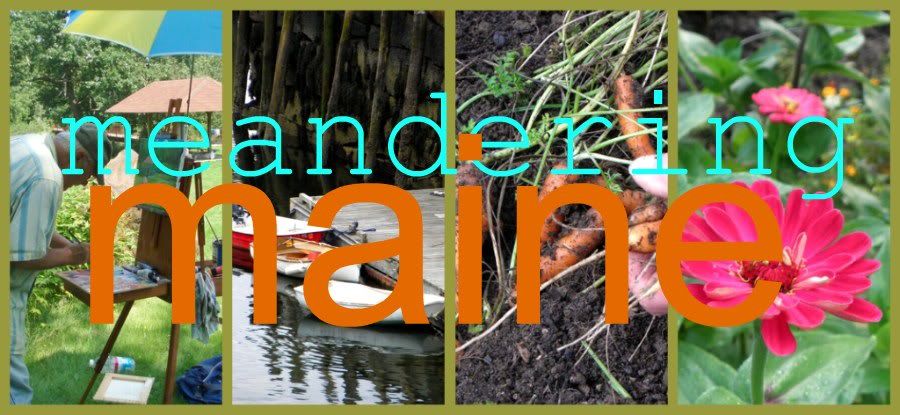Photos and text by Jessica Nelson
It was a brisk Sunday morning visiting Goranson Farm in Dresden. We enjoyed all the treats, education and even some entertainment! Pull up a chair and bowl of vanilla ice cream drizzled with maple syrup and enjoy the sights!
After catching the tail end of a demonstration in the sugar house today, I now realize why the season has been cut so short for Maine’s maple syrup producers. Our crazy spring weather here has not been beneficial for them. It is amazing to learn about all the details that go into making that wicked good stuff!
Pure Maine maple syrup with a hint of the great north woods in it, has been brightening the flavor of fine, downeast food since long before the colonists arrived. Now, hundreds of years later, the quality is excellent, the degree of sweetness is fixed by law, and the uniquely delicious taste still varies as it always has. Sometimes the syrup is dark and rich, sometimes pale gold and delicate. It all depends on the soil and terrain, the wind and the weather, just like wine.
Maine's maple syrup producers, like winemakers, take a lot of personal pride in their product. The art of making sugar and syrup from the sap of the maple tree (Acer saccharum) was developed by Native Americans of the Northeast. For them it was the all-purpose seasoning, used as we might use salt today. It was also one of their staple foods, a primary source of nourishment in the early spring season, so valuable and portable it was often used as money. Important festivals celebrated the sugar harvest and there was much merriment and feasting when the last elm bark bucket had been emptied and a year's supply of sugar safely made. European settlers were quick to learn about this tasty natural resource, and they brought something very important to trade for the Indian's knowledge - iron kettles. Until the Europeans arrived, there was no fireproof vessels in in Eastern North America. The Indians boiled the syrup by dropping red-hot stones into thick wooden containers full of sap.
Iron kettles made the work of sugar boiling much easier (and the product a lot cleaner). They bubbled steadily, every spring, throughout the early centuries of our history, providing the self-sufficient New England farmers with an ample supply of home-grown sweetness. It was much cheaper and easier to get than imported cane sugar. And cane sugar, furthermore, was part of the chain of slavery. Maple sugar, being made by free men, was better suited to the Yankee temperament.
Of course, appreciation for maple sugar went way beyond New England. Thomas Jefferson tried several times to establish a "sugar bush" at Monticello, and there were even a few attempts to start a maple industry in Europe. They all failed. The trees grew all right, but they yielded no sweetness. The sugar in maple sap only appears where warm, sunny days and below-freezing nights follow each other for days on end, as they do in Maine's long, slow spring.
Text from Maine Maple Producers.com













No comments:
Post a Comment